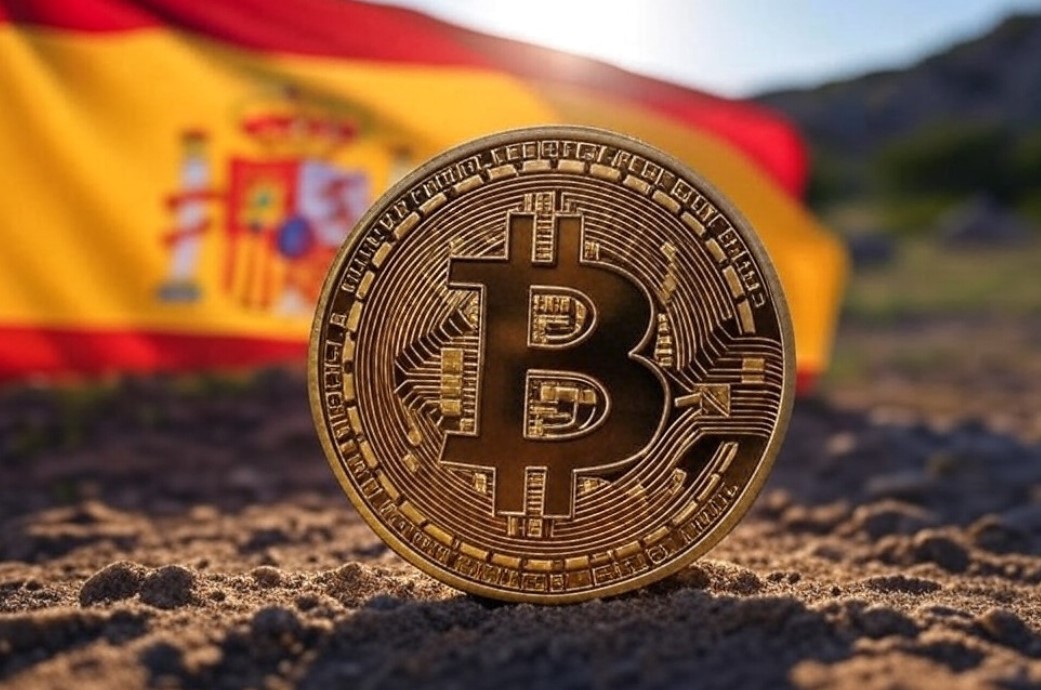The Spanish Tax Agency initiated a series of inspections aimed at Bitcoin users (BTC) and other cryptocurrencies, marking a new chapter in its fight against tax evasion. This movement, which is already generating a stir among investors, is based on the crossroads obtained from third parties, such as cryptoactive exchanges, which must now report the operations of their users under strict European regulations.
The lawyer specialized in cryptocurrencies Cristina Carrascosa, a highlight in the sector, He warned Through his account in X on the fiscal offensive: “Hacienda goes for all non -prescribed years, from 2020 to 2023, and not only for the Income Tax of natural persons (IRPF), but also for the Patrimony Tax.”
Carrascosa, who has been advising in this area for more than a decade after discovering Bitcoin in 2012, stressed that taxpayers They must regularize their situation to avoid severe sanctions.
The Spanish Government, thanks to tools such as models 172 and 173 implemented since 2024, now has a detailed knowledge of the balances and value of each currency, in addition to the cryptocurrency movements made by investors, as reported by cryptootics.
These regulations force centralized exchanges to report transactions, allowing the Treasury Cross data with the tax declarations of taxpayers. In addition, the recent total implementation of the Cryptactive Markets Regulation (MICA) of the European Union in 2025 has standardized the supervision and taxation of cryptocurrencies, facilitating this type of inspections.
The inspections focus on two main fronts. On the one hand, the Treasury seeks to ensure that the patrimonial gains derived from operations with cryptocurrencies – such as purchases, sales, exchanges in exchanges or transfers to Wallets – have been declared in the IRPF. In Spain, these profits are taxed at types that range between 19% and 26%, depending on the amount.
On the other hand, the Patrimony Tax is also reviewed, which applies to those who have cryptoactives that, together with other goods, exceed the exempt threshold of 700,000 euros (although this limit may vary according to the Autonomous Community).
The temporal scope of inspections covers the years 2020 to 2023, since, according to Spanish legislation, The fiscal prescription period is four years. This means that, as of May 2025, 2020 statements can still be audited, depending on the date of submission of each taxpayer.
In addition, investors who have more than 50,000 euros in cryptocurrencies abroad must report it through the 721 model, an obligation in force since 2023 that, if not fulfilled, can also trigger fines.

Serious consequences
Failure to comply with these obligations may have serious consequences. According to experts, sanctions for not declaring profits can range from 50% to 150% of the unstalled amount, In addition to delay interest and the payment of the tax due.
For those who use decentralized wallets or missing platforms, justifying operations can be an additional challenge, increasing the risk of penalties.
This operation is not an isolated fact. Since 2018, Hacienda has intensified its surveillance over cryptocurrenciesa sector that has grown exponentially in Spain, where more than 9% of the country’s population has digital assets in 2025, according to The European Central Bank.
With these inspections, the Treasury reaffirms its commitment to fiscal transparency at a time when cryptocurrencies have become a main asset. For Bitcoin users in Spain, the message is clear: The time to operate without declaring is over.


